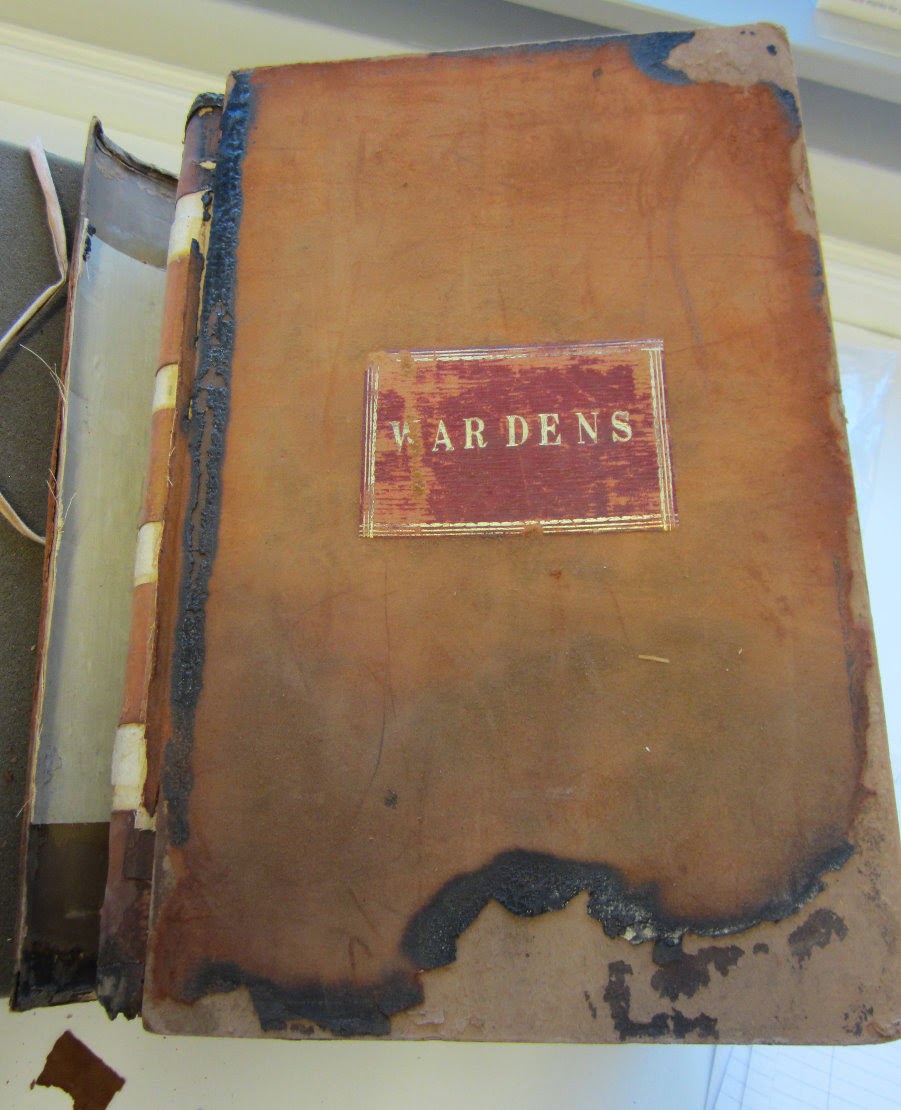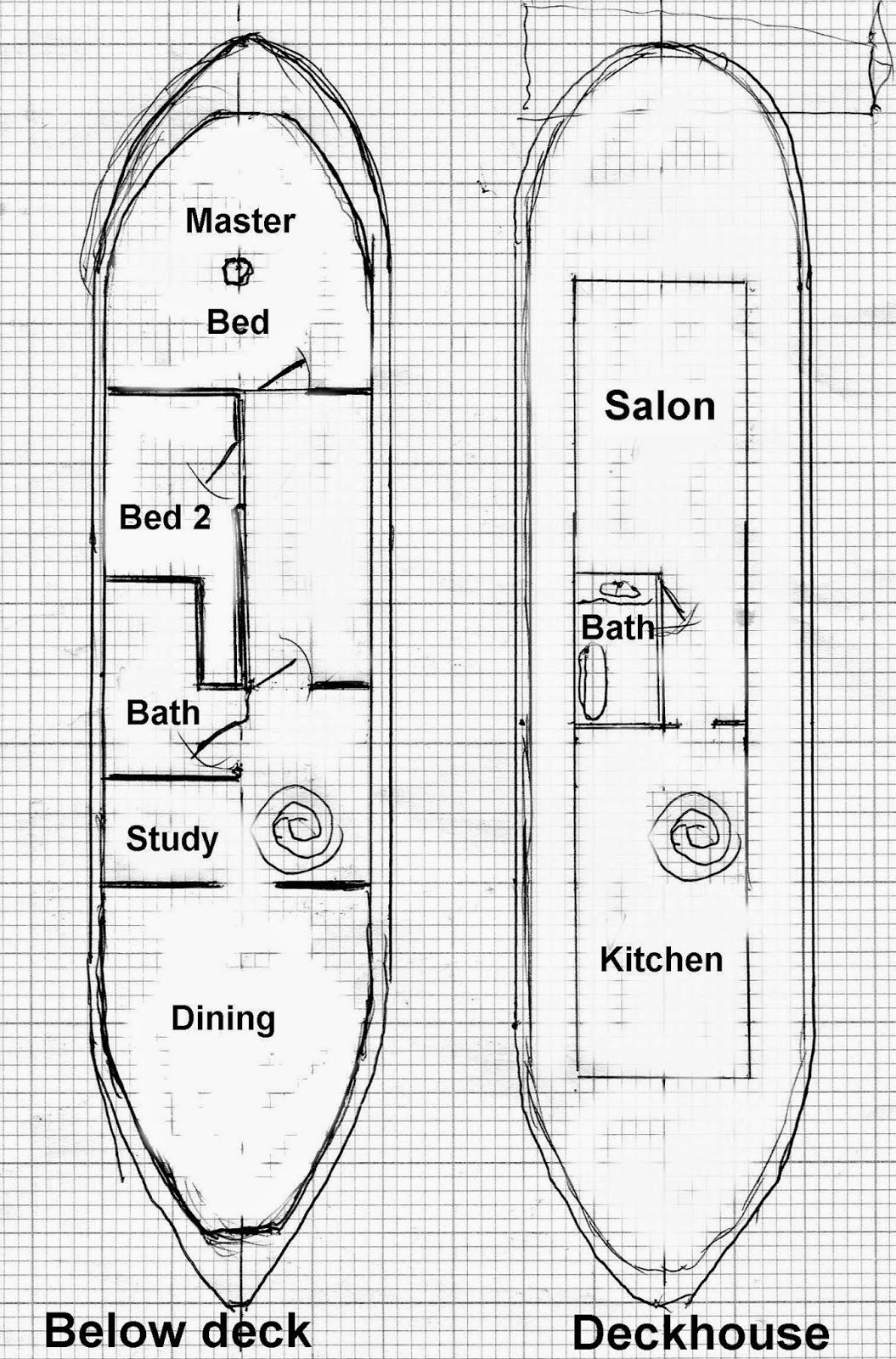I was not too hopeful of finding a great deal in the
London Metropolitan Archives. Yes they
have a collection of Trinity House documents and photos, but Trinity House was
hit by a bomb during WWII and much was lost. However, the LMA do have very
helpful staff and they helped me to find a few nuggets.
What I was
looking for was a record of the Puffin tragedy (1896), or at least an
expression of official sadness. I also wanted to find confirmation of my theory
that the Court of Inquiry findings – that the sinking was most probably caused
by the mast breaking – prompted both Trinity House and the Commissioners for
Irish Lights to change the design of all the main masts on their lightships
from having a hoistable lantern to having a fixed one. See my previous post.
I searched
through a number of large, bound volumes of ‘Wardens’ Minutes’. They had been
nicely bound but, after 120 years, were showing their age and were more than a
little fragile (Photo 1).
I went right
through 1896, 1897 and 1898, but found nothing relating to the Puffin. I did see a reference to the Siren LV and new
steel masts in January 1900. On a totally different subject there was a note
about trials of an ‘incandescent gas burner’ in December 1897. The cost was to
be £35 (about £3,500 in today’s money).
There were some
photos of light vessels and I have ordered copies of two of them. One is a close-up of a lantern sitting at
deck level and hopefully these will not get too delayed by the Christmas post. They
are being copied from old glass slides (which I was not allowed to touch!)
There was a
shot of Petrel on the Coningbeg station. It took some computer jiggery-pokery,
but I can just make out her name on the stern above that white band (Photo 2).
I also trawled
through ‘Inspection Books for Light Vessels’;
‘Visiting Committee Reports’;
‘Buoy Books’; and ‘Board Agendas (Pilotage)’. Nothing interesting in
that lot! However I do now know how to
operate an 1895 Manual Fog Signal Apparatus. I also discovered that at a Board
meeting on 11th February 1941, the Rt Hon Winston L S Churchill CH
MP was fined one shilling by his fellow Board Members for lighting a cigar at
the meeting. Not a lot of people know that!
Towards the end
of my second (and last) day, I was casting about rather desperately for
lightship items, when one of the staff unearthed some other bound volumes and I
struck gold.
17 October
1897: “Irish Lights and Surveyor of
Shipping. Asking that Mr Goodall be
allowed to inspect the old Daunts Rock Lt Vsl “Puffin” which is expected
shortly to be dry docked at Cork.
Approved”.
In fact the Puffin wreck was beached, inspected there and
broken up there.
19 October 1897:
“Irish Lights (Lt Vsls). Forwarding copy
of Report of Court of enquiry into the loss of Daunts Rock Lt Vsl “Puffin”, who
attribute the disaster to the breaking of the steel mast, which tore up a large
portion of the deck. In consequence of this finding of the Court, the
Commissioners of Irish Lights, with a view to the prevention of similar
accidents in future, propose to introduce a stronger description of mast for
use on board the other Light Vessels in their Service.
The Board of Trade
now request the observations of the Elder Brethren upon this proposal of the
Commissioners.”
Bingo! Put another
way “The Irish are putting stronger masts in their light ships, shouldn’t we be
doing the same?” A very satisfying end to my labours. I now look forward to my
trip to Dublin in January, where I hope to find some more nuggets.
David





















